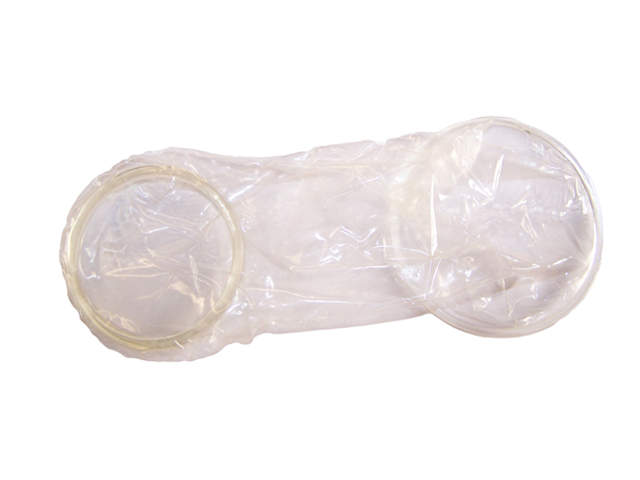Latex is a substance or material made from the milk like sap of the rubber tree. There are a number of latex products in the market and which people continue to use. Some examples of latex products are gloves, condoms, pacifiers, catheters, spandex, erasers, rubber bands, and many more. Some we may even use every day.

All about Latex
Latex is a common material for hospital items and even medical items, examples are tubes, gloves, intravenous or IV lines, and many more. Why is this so? The latex material in itself is elastic, inexpensive and very flexible; this is why manufacturers use it in the consumer and most especially healthcare products sold in the market. The material is effective in forming a barrier against organisms that may infect, thus very effective for hospital items and other hygienic products.
When does Latex Allergies Occur?
People who are hyper sensitive towards latex commonly obtain latex allergies. This kind of allergy surfaces when the person’s immune system then reacts to the latex product being used. The latex product then becomes the allergen, thus triggering an allergic reaction of the body.
Allergic reactions start from the release of chemicals in the body which then is responsible for the itchiness and swellings of the skin brought about by the allergic reaction. Other manifestations of allergies include difficulty in breathing, swelling, an increase in pulse, and a drop in blood pressure.
With the increase of products that are made from latex material, there is also an increase in the number of latex allergies that occur.
Vaginal Latex Allergy
A latex allergy that is common amongst women is the vaginal latex allergy. This commonly occurs either duringor after a sexual intercourse wherein a condom is used, or even when or after undergoing a medical examination.
Symptoms of a vaginal latex allergy include the following:
- The female may notice that her vagina gets tighter or smaller during contact with the latex product.
- Vaginal Itch. This is a common manifestation of the allergy and is also combined with a swelling and burning sensation in the vagina.
- Foul odor and discharge. After sex or a medical procedure or examination, you may experience strong foul odor and discharge from your vagina; this might also be accompanied by swelling, itching, and burning.
- There are also other symptoms that affect your whole body, not only the vagina. These may include having hives, sneezing, difficulty breathing, itching, stuffiness, and itchy watery eyes.
To avoid obtaining such allergy, choose wisely the products you will use. Also, make sure to have yourself checked if you experience any of the manifestations mentioned above. It is always better to be safe than sorry.
Prevention from contracting vaginal latex allergy can be done. Choose products carefully to avoid any problems after or during use. Also, if product use is unnecessary, opt to not use any instead. Allergic reactions to condoms and other latex products can be tested and confirmed to know your status.